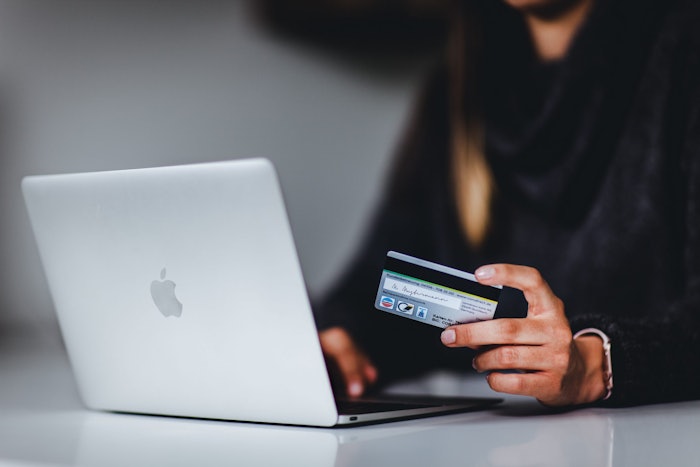
We’re back. Yes, and your clients are back. Don’t you deserve a splurge right about now?
Splurge, according to Webster’s dictionary, is the act of spending money freely and extravagantly.
Anyone might have a cupcake, but if you have ten cupcakes, that’s a splurge. Been there. Done that.
Post-Covid freedom is in the air, and with this newfound sense of joy, you are releasing dopamine chemicals in your brain that give you a feeling of “Oh, yeah.”
You release dopamine when you anticipate a reward and create a feeling of desire. Even when you buy a raffle or lottery ticket and a prize is not guaranteed, the dopamine effect surges. Your splurging causes a rush of dopamine and delight, despite the damage inflicted on your checking account. You can track your spending better by reading my past article, Where Does Your Money Go
What to do about dopamine rushes? Become more aware of splurging triggers: people, places, and situations that induce the craving for a reward. You know exactly which ones I mean; you’ve been there. When the sky gets dark, you know it’s going to rain. You can also feel a splurge coming on and avert it. You might be tired, hungry, horny, celebrating, or lonely, and suddenly there you are–splurging.
When you splurge, it usually applies to money, but it can also be about food, alcohol, or whatever. You feel the need for an emotional release, and the easiest thing to do is release some dopamine with a good splurge. Here are a few pointers to control the splurging:
- Before you put any item in your cart, ask yourself, do I already have one similar? How often will I use it? What is the benefit of the purchase? Will it save me time or money? Do I have the time to use it? And don’t be shy about putting something back on the shelf. I do it all the time, particularly at the supermarket when I load my cart with items likely to spoil before I can get to them—back they go.
- Is the item something you will need to store, maintain, clean, and update? Are you really up for this? Maybe the item is an experience like a dinner, outing, or vacation? Never finance experiences. There’s nothing worse than making monthly payments on a weekend on the beach when the memory is long gone but the monthly invoice is a reality. Plan ahead and set aside a monthly amount and pay for it in cash–you will enjoy it a whole lot more.
- Tracking your spending and how many hours of work it takes to pay for an item is another powerful deterrent. Ask yourself, how many hours will I need to work at the salon or barbershop to pay for this? How many haircuts, colors, manicures is this costing me? That real-time tally can help you see patterns and situations that lead to spending. When we see how much we spend per week, it can dampen the urge to shop further.
- Budgeting apps discussed in the previous article Why Don’t You Try an App for Getting Rich? can help keep you from overspending, as can a debit card. We spend less when we know it is coming out of our account today.
- Find a substitute reward. When you finish working on that full head of highlights and are tempted to pick up your phone and load some items into your online shopping cart, walk away, and do something else to let your emotion subside—the gym, go for a walk, take a shower, or talk to a friend.
Don’t give up on saving to Kick Start Your Rainy-Day Fund. If you can’t save thirty percent, then lower the bar and save ten percent. Really? Yes, saving is not about how much you save. It’s about how often. It’s a state of mind. You save by cutting out useless things you do daily or weekly. You don’t need to buy a latte every day. You might not need to buy the small bag “organic” of organic nuts for ten dollars.











